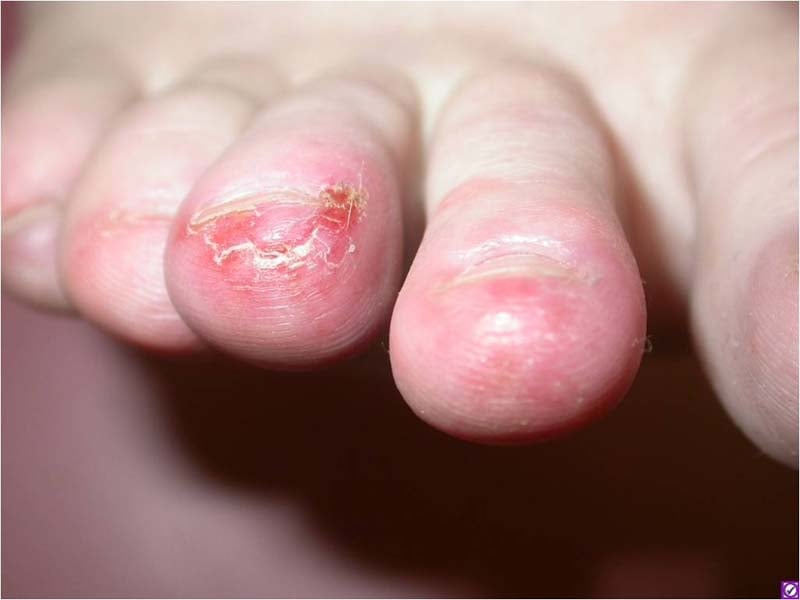Cold weather can be enjoyable, but it also brings challenges for your skin and circulation. One common winter problem is chilblains, which cause redness, swelling, and itching in fingers, toes, and ears due to sudden temperature changes. By following simple daily routines, you can keep your body warm and avoid the discomfort they bring. These steps are easy to follow, require minimal effort, and can make a big difference in your winter comfort. Prevention is always better than dealing with pain later, so taking a few extra minutes for proper care can protect you all season.
Understanding Chilblains
Chilblains develop when your skin is exposed to cold and then warmed too quickly. This rapid change affects the small blood vessels, causing irritation and swelling. People with poor circulation are more prone to this issue. The good news is that prevention is simple if you create consistent winter habits.
Simple Winter Routines for Protection
- Dress in Layers
Wearing multiple layers traps body heat more effectively than a single thick garment. Use moisture-wicking inner layers to keep sweat away from your skin and insulating outer layers to block the cold.
- Keep Extremities Covered
Hands, feet, and ears are most at risk. Wear gloves, warm socks, and a hat or ear covers when outdoors. Choose wool or thermal materials for better insulation.

- Warm Up Gradually
Avoid placing cold hands or feet directly near a high heat source. Instead, warm them slowly by rubbing them together, soaking in lukewarm water, or using mild heat pads.
- Stay Active
Movement boosts circulation, reducing the risk of chilblains. Gentle exercises like walking indoors or stretching every hour help maintain blood flow to extremities.
- Moisturize Regularly
Cold air can dry your skin, making it more sensitive. Apply a rich, non-greasy moisturizer to hands and feet daily to keep the skin barrier strong on treating chilblains.
- Avoid Tight Clothing
Tight socks or shoes can restrict blood flow and increase chilblains risk. Choose comfortable, well-fitted options that allow proper circulation.
- Maintain Indoor Warmth
Keep your living space warm but not overly hot. Sudden changes between cold outdoor air and very warm indoor temperatures can trigger symptoms.
Extra Winter Care Tips
- Keep spare socks and gloves with you in case the ones you’re wearing get damp.
- Drink warm fluids regularly to help maintain body temperature.
- Check your skin often for early signs of redness or swelling, especially if you have circulation issues.
- Wear slippers or warm socks indoors on cold floors.
Chilblains are preventable with consistent and simple winter routines. The key is to protect your body from extreme temperature shifts and keep your circulation strong. By dressing warmly, keeping extremities covered, moisturizing, and warming up gradually, you can enjoy the winter season without discomfort. Staying active and prepared ensures your skin stays healthy and your body stays warm, helping you move through the colder months with ease and confidence.


